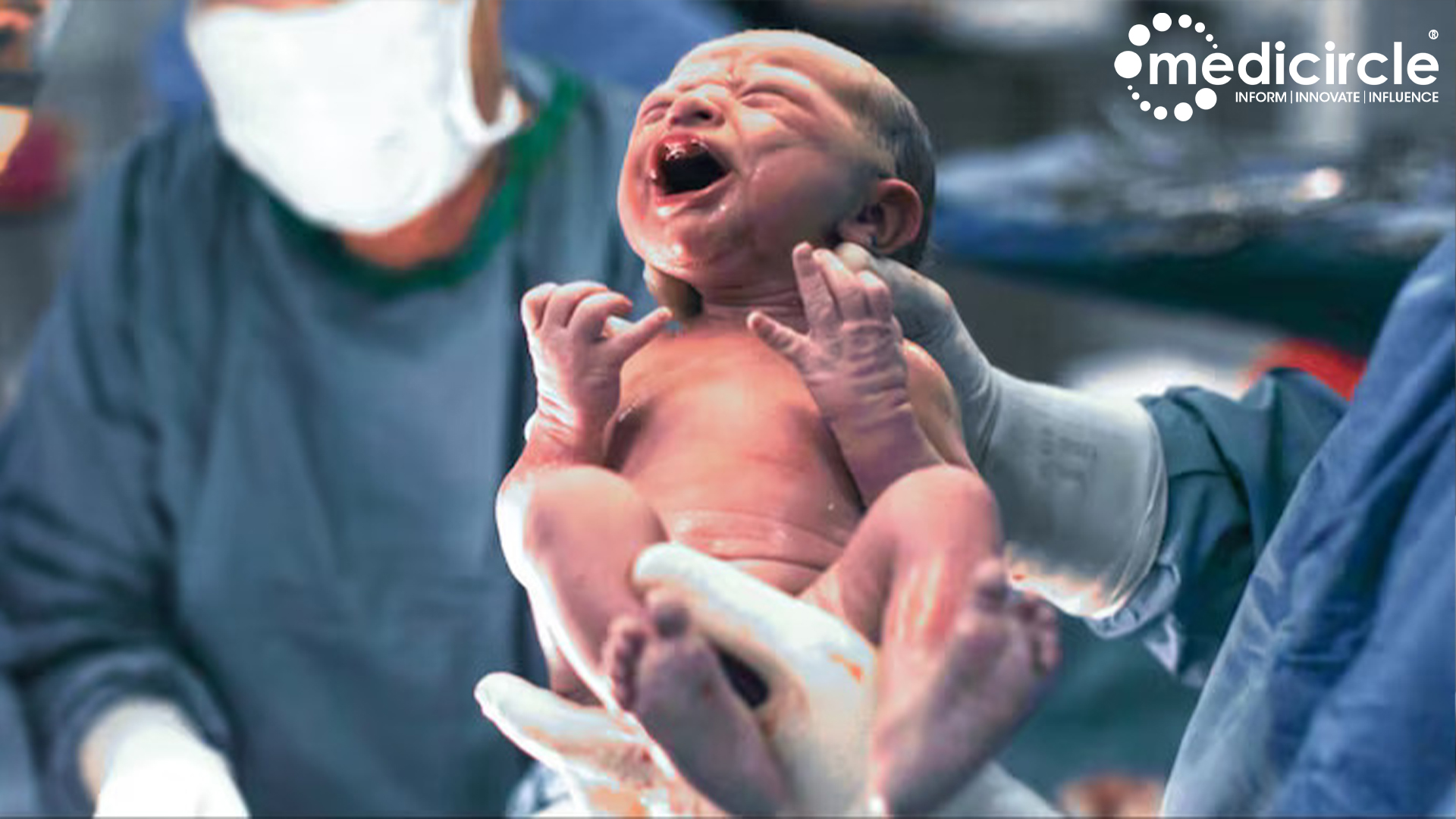In recent years, the prevalence of caesarean section (C-section) deliveries has witnessed a significant surge in Tamil Nadu and Chhattisgarh, as uncovered by a recent study conducted by researchers at the Indian Institute of Technology Madras (IIT Madras). Published in the esteemed BMC Pregnancy and Childbirth journal, this study sheds light on the concerning trend that demands attention and action.
What is a C-section delivery, you may wonder? Well, It’s a surgical procedure wherein an incision is made in the mother’s abdomen to facilitate the birth of one or more infants. While C-sections are unavoidable in certain medical scenarios, their overuse can lead to adverse health consequences, unnecessary financial burden, and strain on public healthcare resources.
The researchers dived deep into the data from Tamil Nadu and Chhattisgarh, revealing intriguing insights into the factors driving the uptick in C-section deliveries. Surprisingly, while Chhattisgarh grappled with higher rates of pregnancy complications and high-risk fertility behaviour, Tamil Nadu exhibited a higher prevalence of C-sections. This suggests that the reasons behind surgical deliveries may extend beyond clinical necessity.
Professor V R Muraleedharan from the Department of Humanities and Social Sciences at IIT Madras, one of the lead researchers, highlighted a key revelation from the study. He emphasized that the choice of delivery setting, be it a public or private facility, exerted the greatest influence on the likelihood of a C-section. This indicates that factors beyond medical necessity might be driving the prevalence of surgical deliveries.
Moreover, the study showcased intriguing disparities in C-section rates based on socioeconomic status. In Chhattisgarh, individuals from non-poor backgrounds were more inclined towards C-sections. However, in Tamil Nadu, an unexpected trend emerged, with a higher likelihood of C-sections among the economically disadvantaged, particularly in private hospitals.
The numbers speak volumes about the escalating trend. Over the span of five years leading up to 2021, the prevalence of C-sections soared from 17.2% to 21.5% in Tamil Nadu and Chhattisgarh. Within the private healthcare sector, the numbers were even more staggering, with C-section rates escalating from 43.1% in 2016 to a concerning 49.7% in 2021. This implies that nearly half of the deliveries in private hospitals are now conducted via C-section.
Various factors contribute to this alarming surge. The researchers noted that women with higher levels of education residing in urban areas exhibited a higher likelihood of opting for C-sections. This exposes the role of autonomy and improved access to healthcare facilities in influencing the rising prevalence of surgical deliveries.
The implications of this trend are far-reaching and warrant urgent attention. While C-sections are crucial in specific medical scenarios, their overuse poses significant risks to maternal and neonatal health. Additionally, the strain on healthcare resources and the financial burden imposed on families highlights the need for targeted interventions and policy reforms.
By discovering the complex dynamics driving the surge in C-section deliveries, the study by IIT Madras offers valuable insights that can inform evidence-based interventions aimed at promoting safe and judicious childbirth practices. It calls for a holistic approach encompassing healthcare providers, policymakers, and communities to ensure optimal maternal and neonatal outcomes while addressing the underlying factors contributing to the escalating trend of C-section deliveries

 The researchers noted that women with higher levels of education residing in urban areas exhibited a higher likelihood of opting for C-sections.
The researchers noted that women with higher levels of education residing in urban areas exhibited a higher likelihood of opting for C-sections.










.jpeg)


.jpeg)



.jpeg)
.jpeg)






.jpeg)





